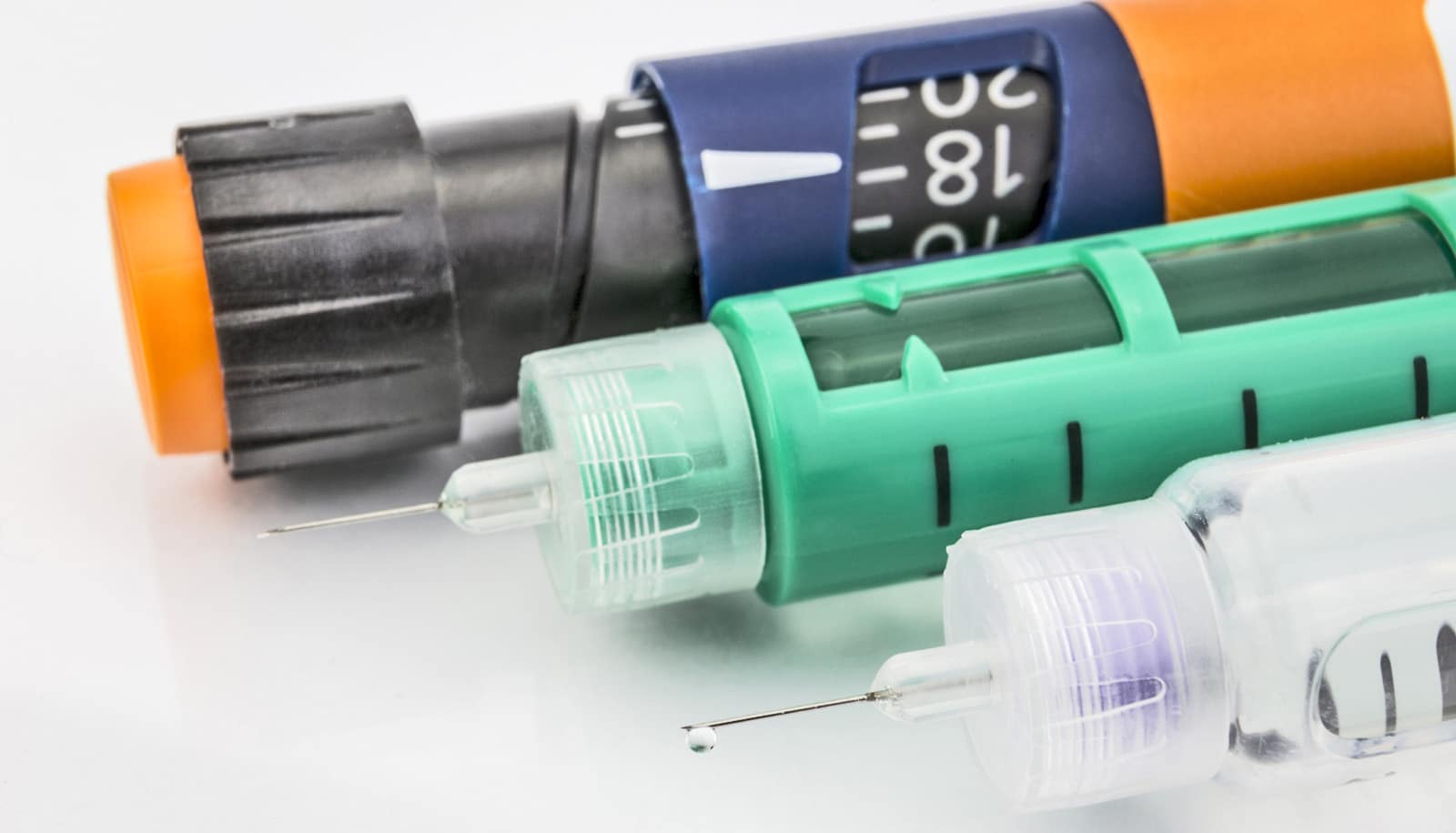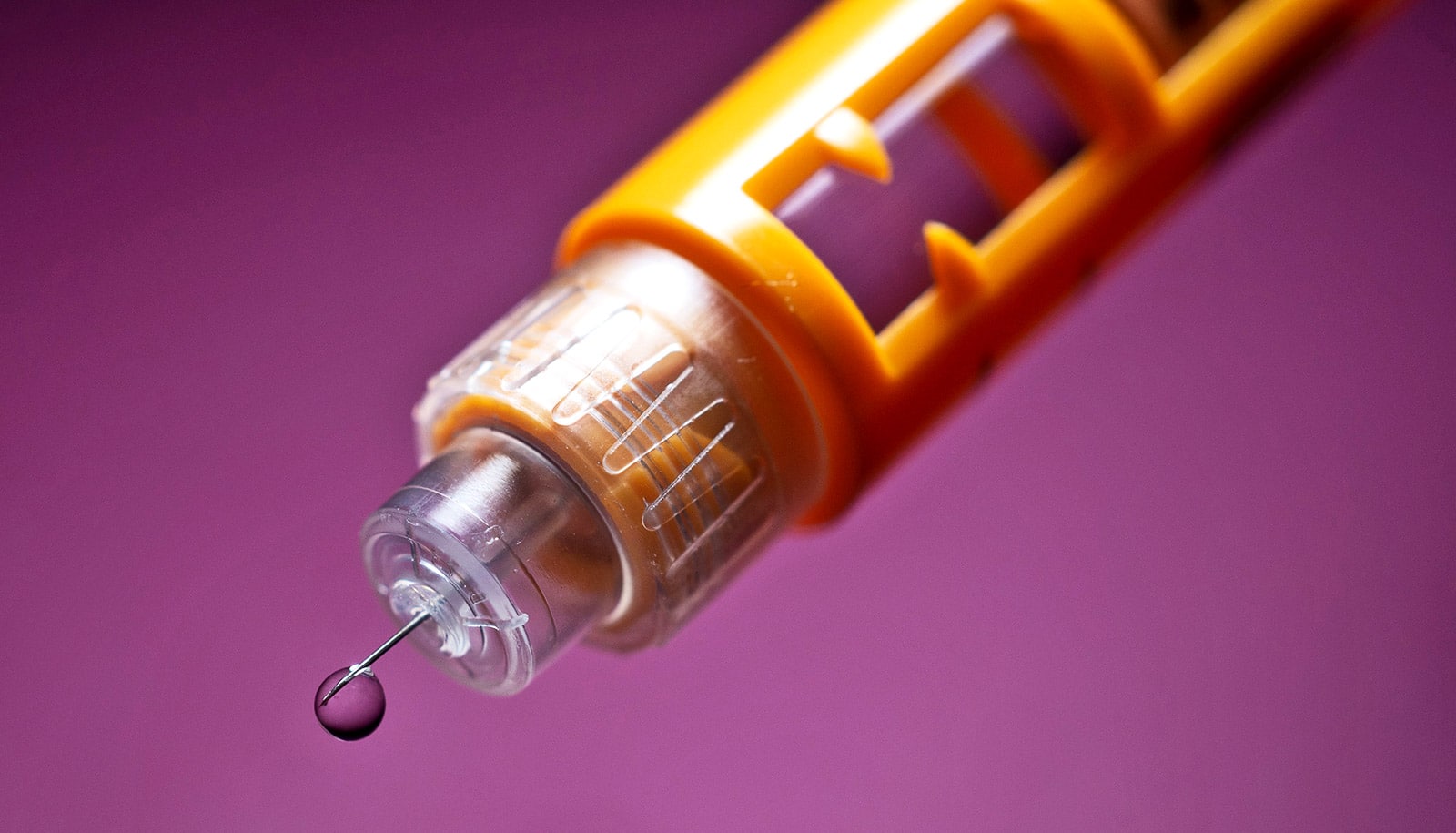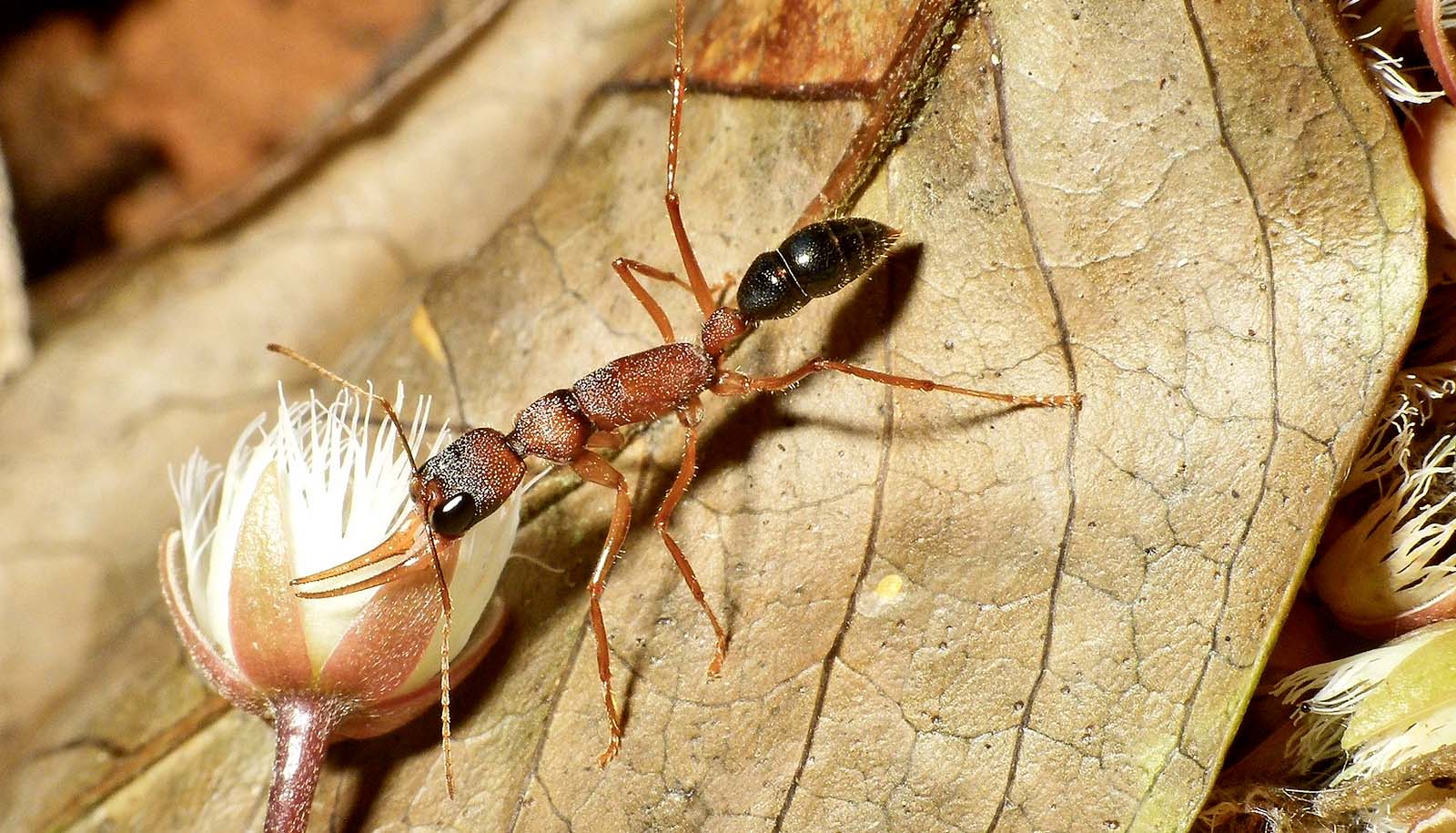The first steps of insulin synthesis have been unclear, but a new study solves part of the mystery.
Insulin has saved the lives of millions of people with diabetes worldwide. Examining messenger RNAs involved in the production of insulin in fruit flies, researchers found that a chemical tag on the mRNA is crucial to translating the insulin mRNA into the protein insulin. The alteration of this chemical tag can affect how much insulin is produced.
An organism carries DNA—its genes—in each cell of its bodies. Genes are blocks of information that get transcribed into proteins via another molecule called messenger RNAs. These mRNAs are photocopies of DNA—leaving the original DNA untouched—that ferry this protein information into the cytoplasm of cells, where protein is synthesized.
The mRNAs are decorated with small molecules called “tags.” These tags can modify how RNAs function and how proteins are produced.
Studying insulin synthesis in humans or mammals is difficult. In humans, the pancreas is situated behind the liver. It doesn’t regenerate well, and it can’t be sampled in live subjects. But in flies, insulin cells are actually in their brains, function like neurons, and are physically accessible to researchers. In fruit flies, the researchers looked at a tag called RNA N-6 adenosine methylation, or m6A.
To study the m6A tag, the researchers first identified the RNAs that have the tag. Then they labeled insulin cells with a fluorescent molecule, and used confocal microscopy to visualize how much insulin is produced by the insulin cell.
They did this under two conditions: first, they knocked out the m6A enzyme, responsible for decorating the mRNA with m6A tags, in insulin cells. Second, they removed the m6A tags by using CRISPR, a technology used to edit DNA, to mutate the modified As.
In both cases, the flies’ ability to produce insulin was greatly reduced.
“We found that this photocopy of the DNA for insulin, this mRNA, had a specific tag that, when it is present, a ton of the insulin hormone is made,” says Monica Dus, associate professor of molecular, cellular and developmental biology at the University of Michigan. “But without the signal, flies had much less insulin and developed hallmarks of diabetes.”
This chemical tag is conserved—or unchanged—in fish, mice, and humans.
“So it’s likely that insulin production is also regulated through this kind of mechanism in humans,” says Daniel Wilinski, a postdoctoral researcher in Dus’ lab.
“There is an obesity and diabetes epidemic not just in the United States, but across the world. Our finding is another bit of evidence about how this disease happens.”
The discovery fleshes out the understanding of the biology of insulin synthesis and the physiology of diseases of energy homeostasis. Low levels of chemical tags have been observed in people with type 2 diabetes. Restoring the levels of these tags may also help with combating diabetes and metabolic disease, she says.
“We have known about insulin as a treatment for a hundred years. We have discovered so much about how insulin is made,” Dus says. “But we know so little about the very basic molecular biology of insulin and how it is regulated. That’s why I think this work is important—it refocuses on insulin, the gene, and all the things we still have to discover about it.”
The study appears in the journal Nature Structural and Molecular Biology.
Source: University of Michigan



